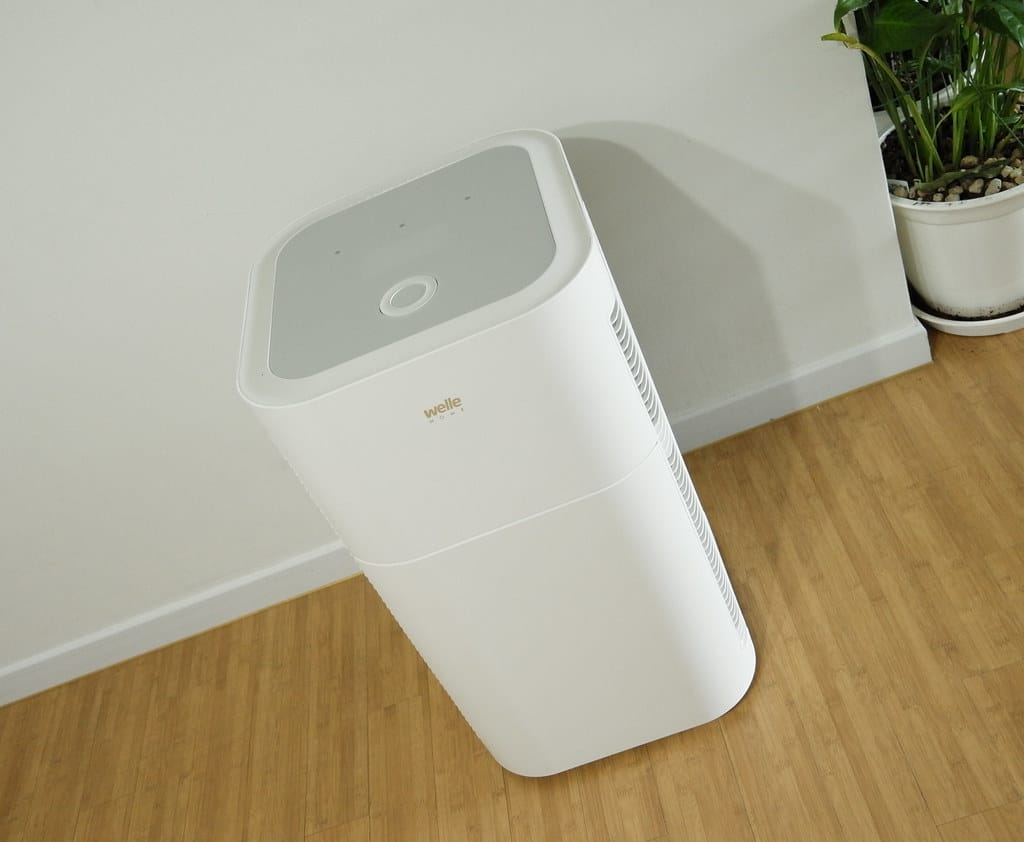The Clean Air Illusion: Why Most Air Purifiers Haven't Been Tested on Real People
In the wake of COVID-19, Americans spent billions on air cleaning devices, believing they were investing in healthier indoor environments. But here's a shocking reality: the vast majority of these devices have never been tested on actual people to prove they work as advertised.
While manufacturers tout impressive laboratory results showing their products can eliminate 99.9% of airborne particles, these claims are based on controlled chamber studies that bear little resemblance to how these devices perform in real homes and offices with real people breathing real air.
The Laboratory vs. Reality Gap
Most air cleaning device testing occurs in sealed laboratory chambers under ideal conditions—no open doors, no movement, no cooking, no pets, and crucially, no humans generating the complex mix of particles, moisture, and gases that define actual indoor air quality.
"Testing in a sterile lab chamber is like testing a car's performance on a perfectly smooth track with no traffic," explains Dr. Jeffrey Siegel, a professor of civil engineering at the University of Toronto who studies indoor air quality. "It tells you something, but not what you really need to know about real-world performance."
The Environmental Protection Agency (EPA) acknowledges this testing gap, stating that "the air cleaning capability of these technologies, as they might be used in homes, is largely unknown." Yet the $4.2 billion air purifier market continues to grow, driven by health claims that lack human validation.
What Human Testing Reveals
The limited studies that have tested air cleaners in occupied spaces paint a more complex picture. Research published in Environmental Science & Technology found that when people are present, air cleaning effectiveness drops dramatically—sometimes by 50% or more compared to laboratory results.
Human activity creates air currents that can prevent particles from reaching the device's filters. People shed skin cells, exhale moisture and CO2, and their movement stirs up settled particles. These factors, absent from laboratory testing, significantly impact real-world performance.
A 2023 study in California schools found that while portable air cleaners reduced particle concentrations in empty classrooms by 85%, effectiveness dropped to just 28% when students were present and engaged in normal activities.
The Regulation Blind Spot
Unlike medications or medical devices, air cleaning products face minimal regulatory oversight regarding health claims. The Federal Trade Commission can pursue false advertising, but there's no requirement for manufacturers to prove health benefits through human studies before marketing their products.
This regulatory gap means consumers are essentially participating in an uncontrolled experiment every time they purchase an air cleaning device based on health promises.
When Marketing Meets Science
Marketing materials routinely extrapolate from laboratory particle removal rates to suggest dramatic health improvements. Terms like "hospital-grade filtration" and "removes 99.97% of allergens" appear alongside images of happy, healthy families—despite the absence of studies proving these devices actually improve human health outcomes in typical home environments.
Some manufacturers have begun conducting limited human studies, but these often focus on short-term exposure in controlled settings rather than long-term health outcomes in real homes.
The Path Forward
This doesn't mean all air cleaning devices are useless—HEPA filters do remove particles, and some studies suggest benefits for people with severe allergies or asthma. However, consumers deserve transparent information about what these devices can and cannot do based on real-world testing.
Health experts recommend focusing on proven strategies first: improving ventilation, controlling pollution sources, and maintaining humidity levels between 30-50%. Air cleaners should be considered supplementary tools, not cure-alls.
The Bottom Line
As we continue to prioritize indoor air quality, the disconnect between laboratory performance and real-world effectiveness represents a significant consumer protection issue. Until manufacturers invest in rigorous human studies conducted in typical indoor environments, claims about health benefits remain largely speculative.
For consumers, this means approaching air cleaning device marketing with healthy skepticism, focusing on devices with transparent performance data, and remembering that the most effective "air cleaner" is often simply opening a window and improving natural ventilation.
The air cleaning industry has an opportunity to mature by embracing human-centered testing. Until then, buyer beware: that pristine laboratory performance may not translate to cleaner air in your living room.
